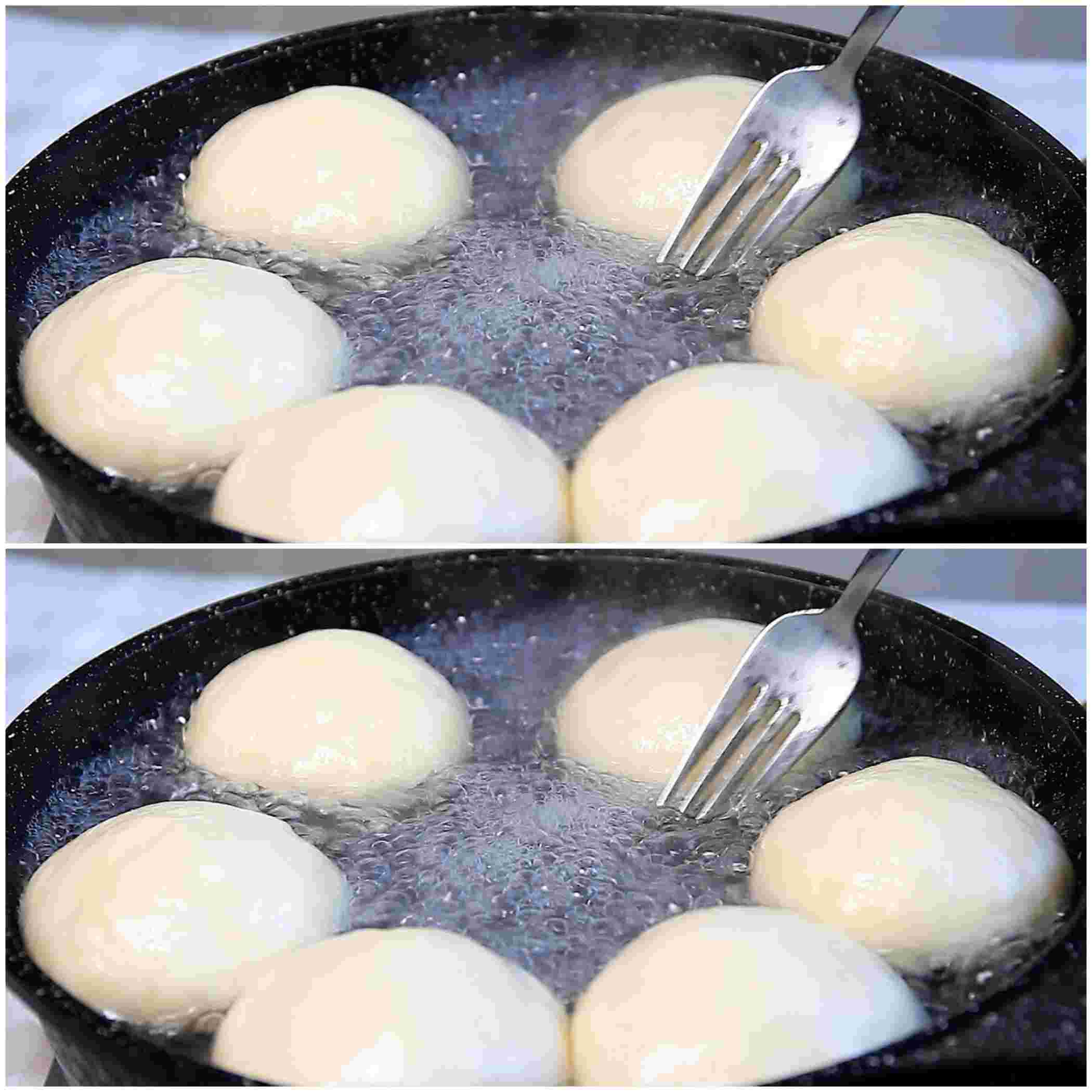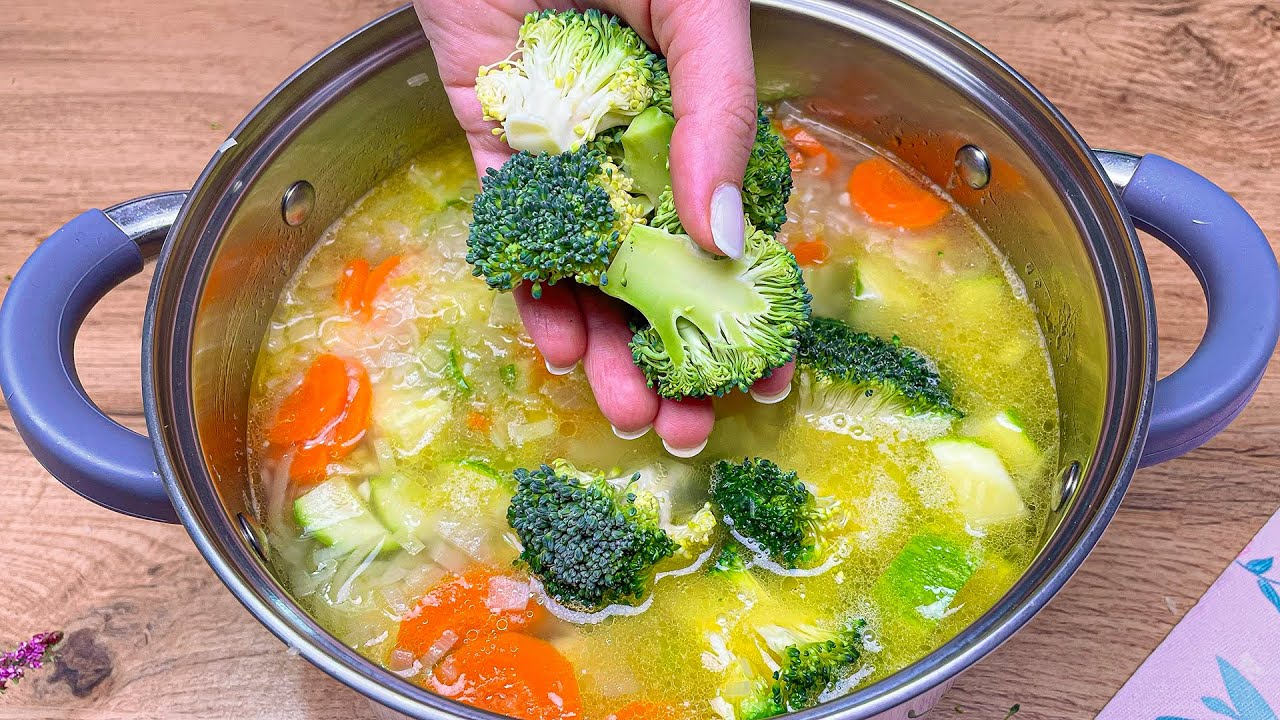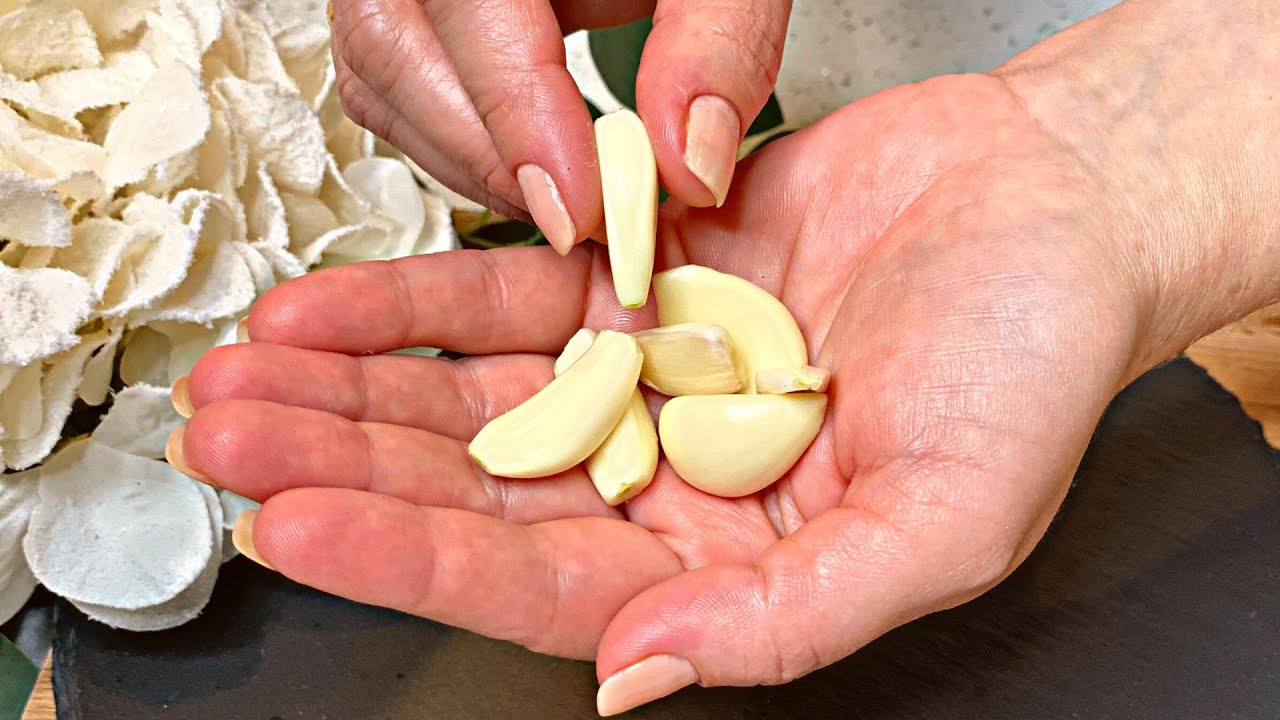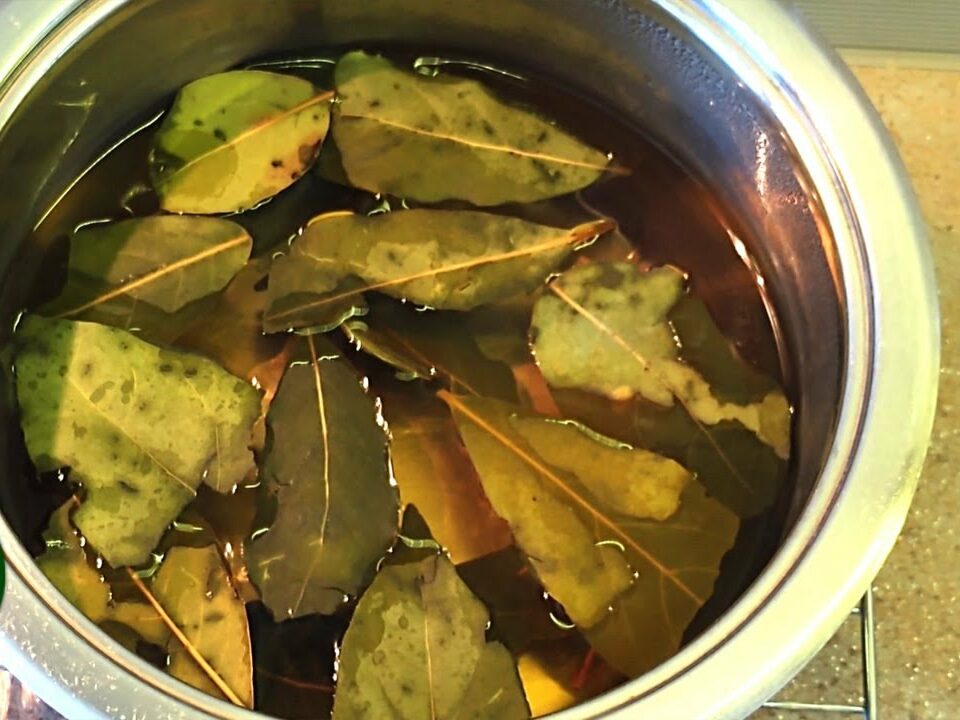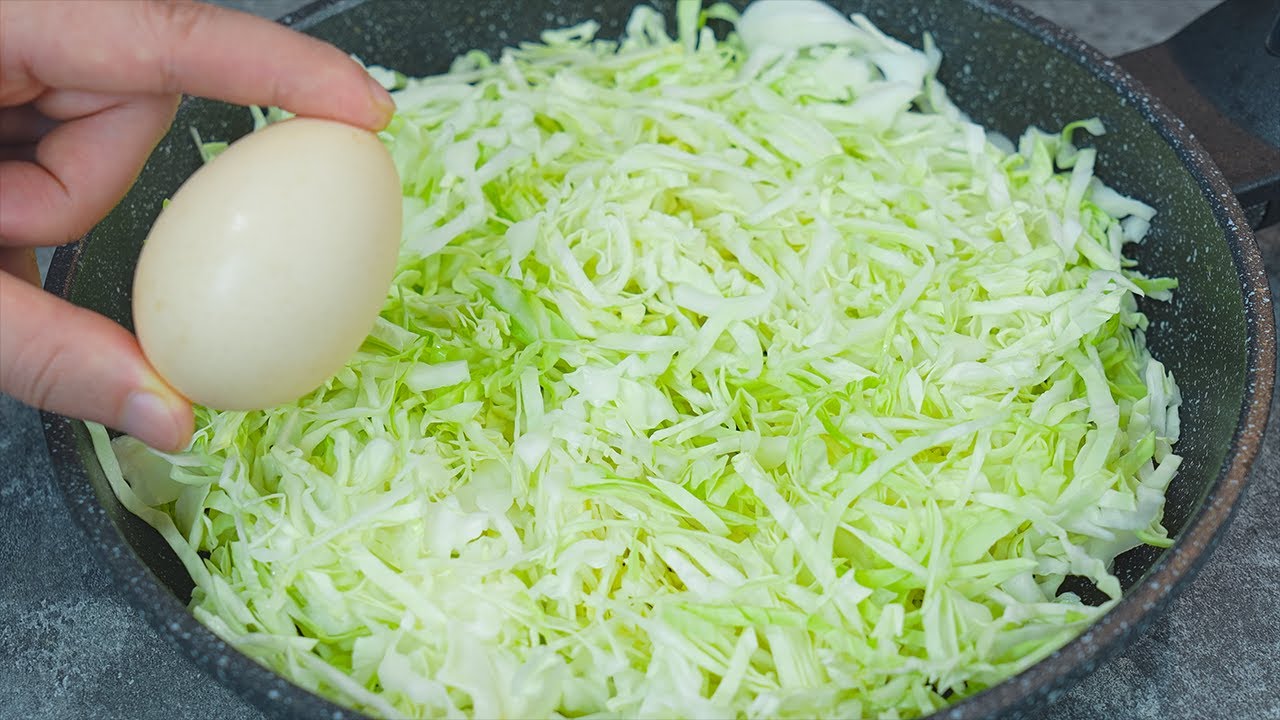
If you’re looking to experiment with your culinary skills or simply try something new in the kitchen, boiling dough might just be the adventure you’re looking for. Often overlooked in favor of baking or frying, boiling dough is a simple technique that transforms it into surprisingly delightful creations like bagels, pretzels, and dumplings. Let’s dive into how you can enjoy this method and create delicious, chewy treats without the use of sugar.
1. Understanding the Technique
When dough is introduced to boiling water, the intense heat quickly cooks the outer layer, sealing in moisture and giving it a unique, chewy texture. This method is essential for creating the classic texture of several beloved baked goods.
2. Making Sugar-Free Bagels
Bagels are a perfect example of how boiling can enhance the texture of dough-based recipes. Here’s how to make your own sugar-free bagels at home:
Ingredients:
-
2 teaspoons of active dry yeast
-
1 ¼ cups of warm water
-
3 ½ cups of bread flour
-
1 ½ teaspoons of salt
-
Optional toppings: sesame seeds, poppy seeds, dried garlic flakes, dried onion flakes
Instructions:
-
Prepare the Yeast Mixture: Dissolve the yeast in warm water, allowing it to sit for about 5 minutes until it becomes frothy.
-
Make the Dough: Mix the flour and salt in a large bowl. Add the frothy yeast mixture to the flour, mixing and kneading until the dough is smooth and elastic.
-
Let It Rise: Place the dough in a lightly oiled bowl, cover with a damp cloth, and let it rise for about an hour, or until it doubles in size.
-
Shape the Bagels: Divide the dough into 8 pieces. Roll each piece into a rope, then connect the ends to form a circle.
-
Boil the Bagels: Bring a large pot of water to a boil. Drop the bagels in, one at a time, and boil for about a minute on each side. The bagels will float to the top and puff up slightly.
-
Bake the Bagels: After boiling, place them on a baking sheet, add toppings if desired, and bake at 425°F for 20-25 minutes until golden brown.
3. Exploring Other Recipes
Besides bagels, this boiling method is ideal for making pretzels and gnocchi, each offering its own unique flavor and texture. Experiment with different shapes and sizes to suit your taste.
4. The Benefits of Boiling Dough
This technique not only imparts a distinctive chewy texture but also enhances the flavor of dough-based products. Boiling before baking helps to create a glossy, appealing crust and a soft, tender interior.
Conclusion
Boiling dough is a simple yet effective way to elevate your homemade bread and pastry recipes. By skipping the sugar and focusing on the unique properties of boiled dough, you can enjoy a range of tasty, healthier alternatives to traditional baked goods. Try this technique in your next kitchen session and discover the delightful textures and flavors it brings to your dishes!



